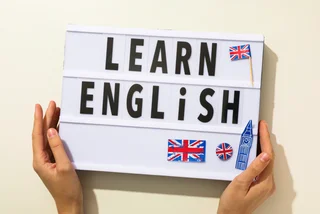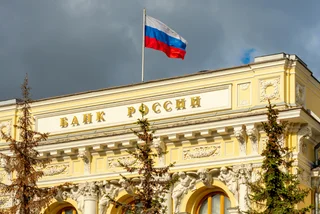In honor of the Day of European Languages, Thursday, September 26, we present some fun facts about this beautiful Slavic language full of crazy cases, consonant clusters, strange characters, and baffling idioms:
1. The first phrases young Czechs learn to read involve “meat” and “salt.”
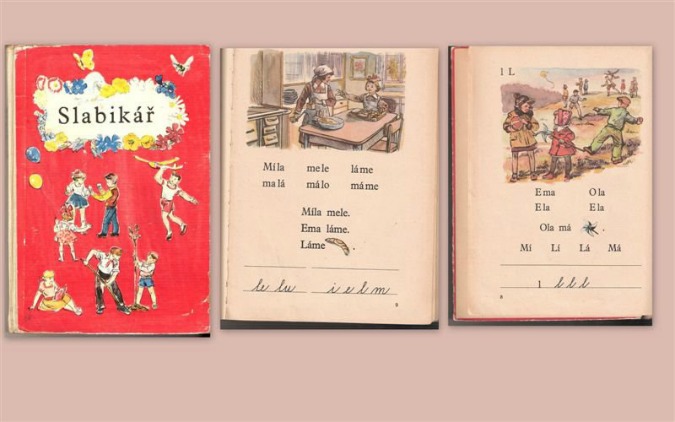
When Czech children learn how to read they use a slabikář (primer). The content has remained virtually unchanged for a century. Oddly, it is all about meat, salt, and cooking!
Máma mele maso. (Mum is grinding meat)
Ema má mísu. (Ema has a bowl)
Máme mísu masa. (We have a bowl of meat)
Máme maso a sůl. (We have meat and salt)
2. Náměstí Republiky or náměstí Republiky? Czech capitalization will make you insane!
Czech capitalization is so complicated that a recent survey found that 70% of native Czech speaking respondents claim not to understand the rules of capitalization.
3. Certain dialects of the Czech language are in danger of becoming extinct.
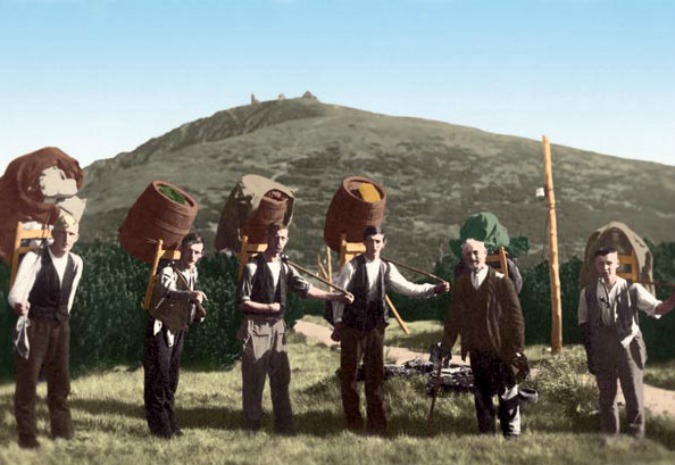
Among the endangered dialects is the one spoken in the Krkonoše mountains region. In fact, a dictionary of terms and regional idioms used in local crafts and cottage industries, namely textiles and glassworks, was recently published in an effort to preserve it.
4. Czech is one of the few European languages that distinguishes vowel length.
Long vowels are indicated by an acute accent (čárka) or, occasionally with a ring (kroužek). So when you see á, é, í, ó, ú, ů, and ý, pronounce them 1.75 x longer. Sound difficult? Don’t worry! Even native speakers aren’t so precise, in fact people from the Ostrava region near Poland typically don’t pronounce them at all.
5. Czechs find the idea of spelling contests pretty weird.
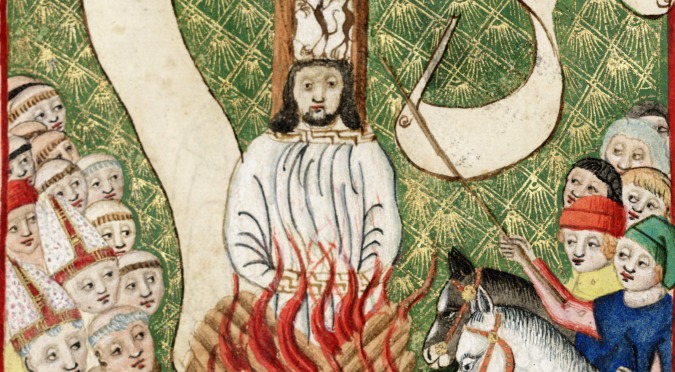
Thanks to Jan Hus, philosopher, priest, and reformer not only of Christianity but modern Czech spelling, Czech students do not spend hours in a classroom learning to spell. The language has one of the most phonemic orthographies (e.g. spelling and pronunciation systems) of all the European tongues, so much so that it is frequently used as model by phonologists.
6. Czech is the Lego language—move words around like building blocks.
Unlike English, Czech word order is very flexible. You can basically move words in a sentence as you wish, depending on what you want to stress. An English sentence can sometimes have four or more different Czech versions. Crazy, you say? We call it amazingly flexible:
Mum is playing with her children in the park.
Maminka si hraje s dětmi v parku.
S dětmi v parku si hraje maminka.
Maminka si v parku hraje s dětmi.
V parku si hraje maminka s dětmi.
7. The Czech language has a number of untranslatable words.
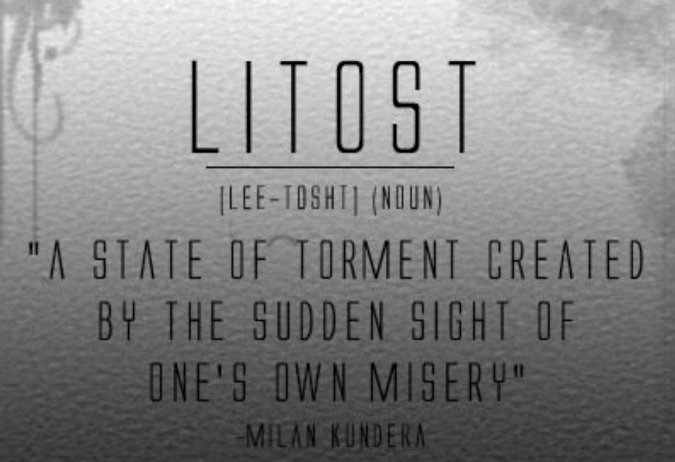
There are untranslatable words in every language. The Danes have hygge, and Czech have pohoda. Pohoda can be translated as contentment although it is something much more. Czechs are also famous for their lítost—a phrase described by author Milan Kundera as a state of agony and torment created by the sudden sight of one’s own misery. Perhaps that’s because the Czech language has no verb for the act of giving a hug!
8. Adding “-ovat” is a nifty way of turning English verbs into Czech ones.
Czech used to borrow a number of words from the German language (tepich, krám, punčochy or brýle) but English loan words have taken over. Czechs are very creative when it comes to using them: simply take an English verb and add the Czech grammatical affix –ovat andyou’ve got googlovat, mailovat, esemeskovat.
9. Czech is among the most difficult languages in the world to learn.
The US Foreign Service Institute estimates in its article on language difficulty that an educated, native English-speaking adult would require roughly 1,100 classroom hours to reach a professional level of reading and speaking Czech. Meaning it would take you 22 years if you have a one-hour lesson a week.
10. Czech is the ONLY language in the world that uses “Ř.”
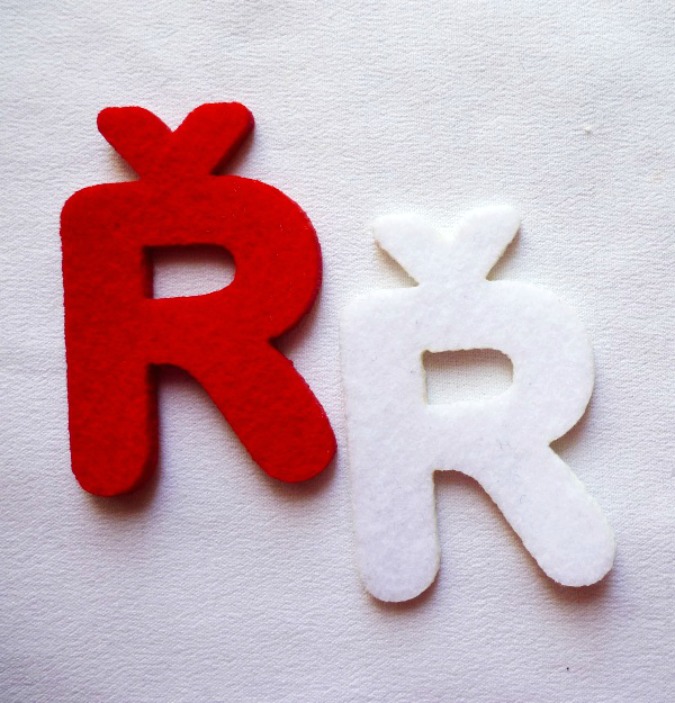
The grapheme Ř, ř (R with háček), is a letter used in alphabets of the Czech and Upper Sorbian languages. It was also used in a proposed orthography for the Silesian language. A similar consonant can also be found in some Norwegian dialects around Narvik. However, of the official national languages, only Czech has it.
11. Czech is spoken as a minority language in Portugal.
Although the Czech language is not considered a world language, it is also spoken far beyond the Czech border. It is considered a minority language in Poland, Serbia, Ukraine, Slovakia, Bulgaria, and Austria.
During the centuries, Czechs immigrated almost everywhere. According to Euromonitor, the countries with the greatest use of Czech outside the Czech Republic are Slovakia (24.86 percent), Portugal (1.93 percent), Poland (0.98 percent), and Germany (0.47 percent).
12. Almost 1 percent of the Internet is in Czech.
Who would guess that Czech would be among top 15 internet languages? It looks like the number of non-English pages is rapidly expanding. Czechs are more active online than Internet users in Denmark, Norway, and Sweden, according to this data from March 2017.
A number of events are taking place around Prague including the annual “speak-dating” event as Lucerna, as well as European Day of Languages at Hybernská Campus.
This article was originally published in 2017. Read the original version here.












 Reading time: 4 minutes
Reading time: 4 minutes 







